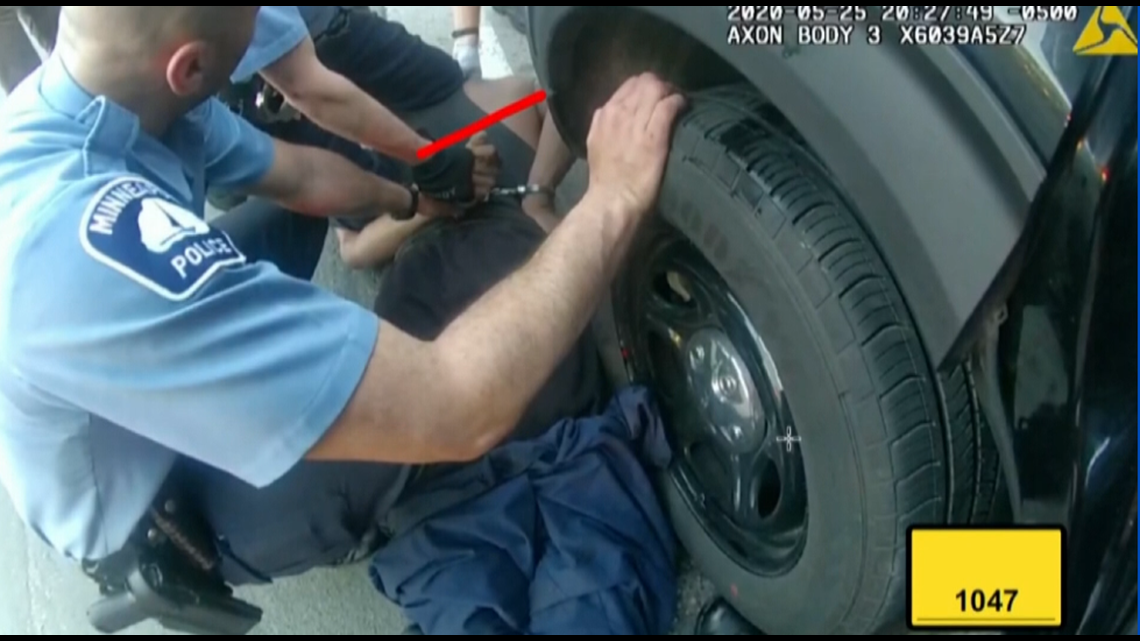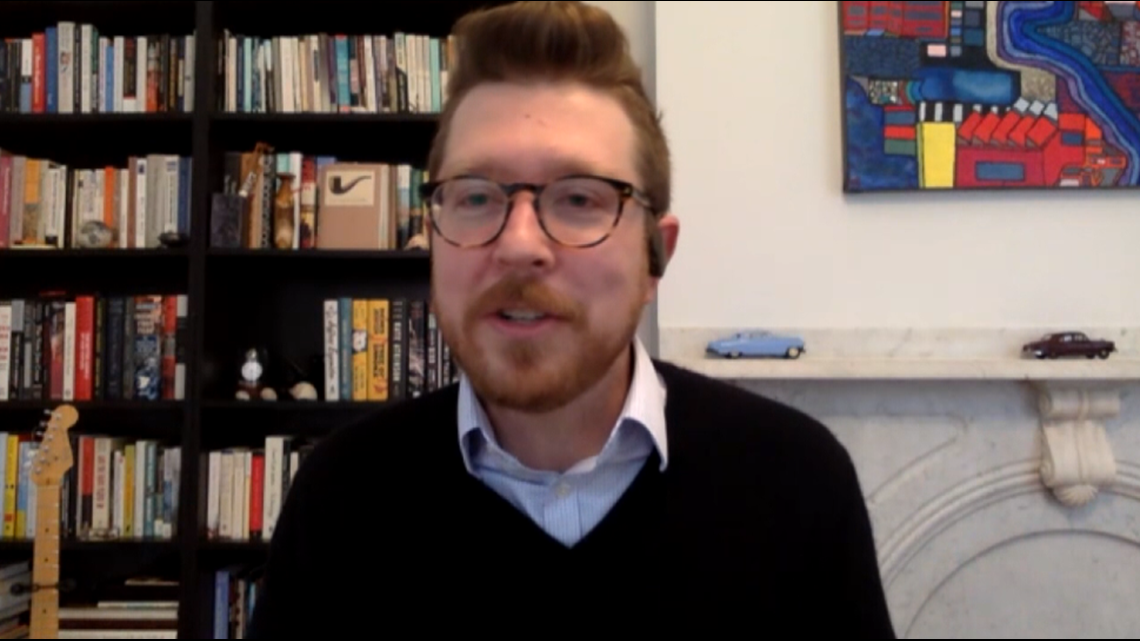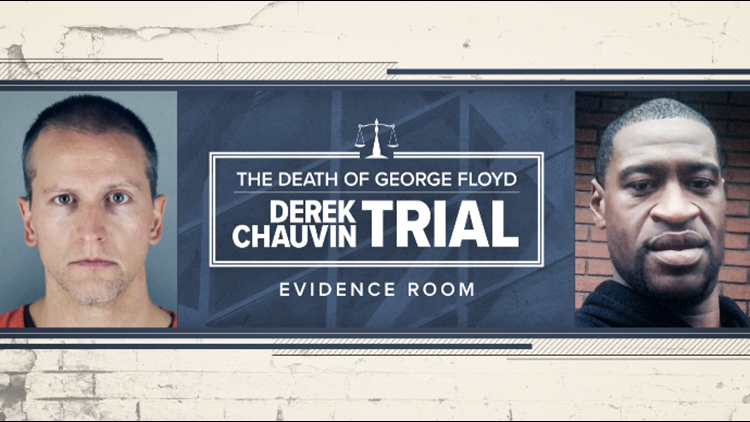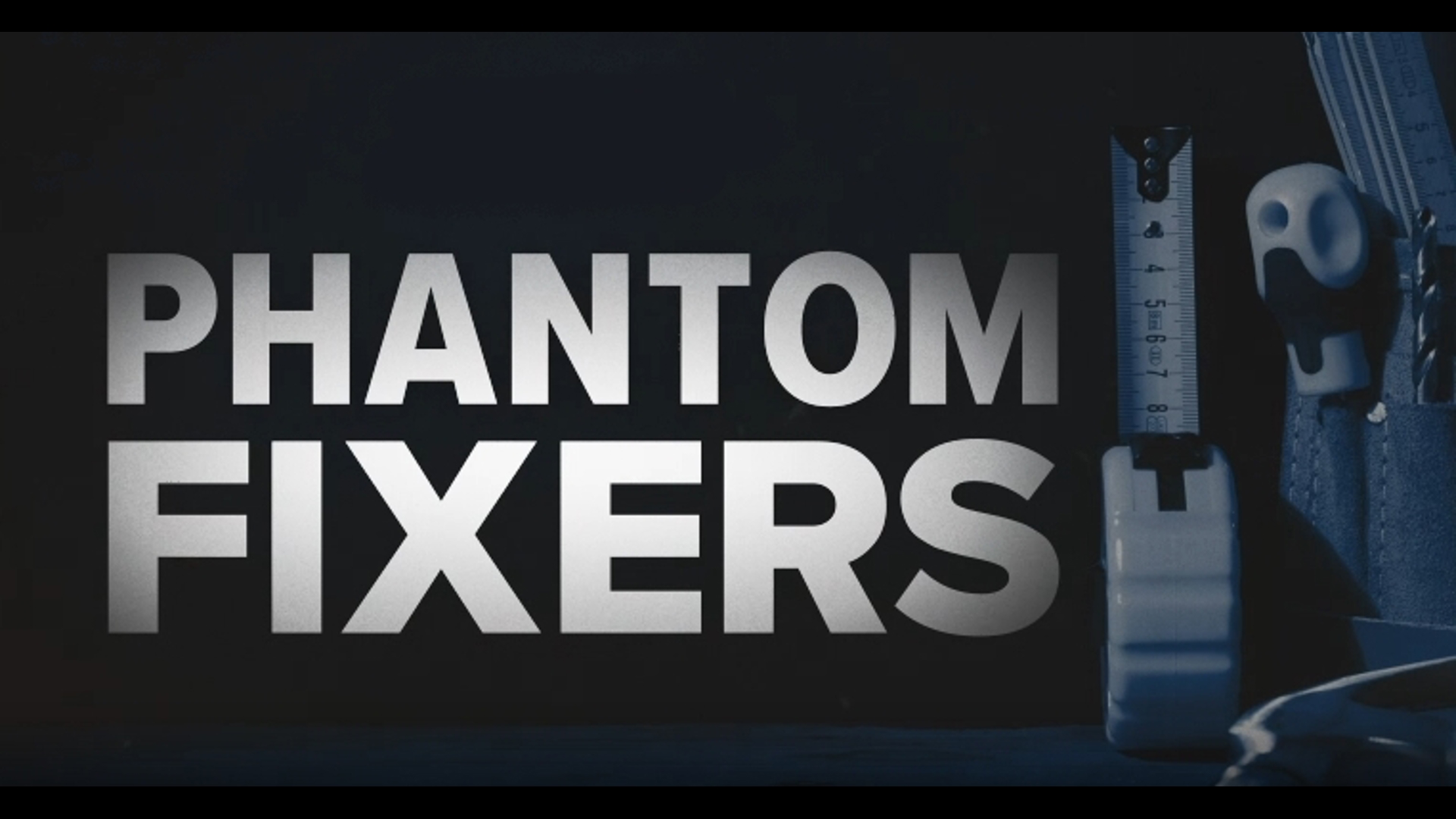MINNEAPOLIS — As the Derek Chauvin murder trial heads to the jury next week, jurors will have to weigh the multiple videos that captured the scene of George Floyd’s arrest.
In addition to the initial arrest, the videos show Floyd’s struggle with officers trying to place him in the back seat of a squad car, the scene as he was pinned to the pavement, and ultimately his death.
The world first saw what happened when a teenager’s cellphone video went viral. But during the trial we learned the scene was captured from many different angles.
That prompted Chauvin’s defense attorney to ask jurors to consider - when it comes to video evidence – whether there’s more than meets the eye.
“Chief, are you familiar with the concept of Camera Perspective Bias?” attorney Eric Nelson asked Minneapolis Police Chief Madaria Arradondo during cross-examination.
“I am not, counselor,” Arradondo replied.
What is it?
In legal circles, Camera Perspective Bias is a concept that came from studies that looked at the effect videotaped confessions could have on jurors – and their verdicts – based of the camera angle used to profile suspects.
Studies in both the United States and Sweden found that people viewing confession videos reacted differently to the same scene depending on whether the camera angle they saw focused on suspect – or both the suspect and the interviewer equally in profile.
More recently, researchers have been trying to test how different viewers react to various bodycam images.
Different angles on Chauvin
In the Chauvin trial, attorney Nelson tried to undercut the famous bystander cellphone video by showing jurors a picture from a different angle.


Instead of facing Chauvin, the image was taken from the bodycam video of one of the officers beside Chauvin while they were holding Floyd down.
Nelson said that from that angle it appeared that Chauvin’s knee was more on Floyd’s upper shoulder rather than his neck.
“The first video that came out perhaps seemed one way. The later video kind of put it in a different perspective,” said Dr. Ken Broda-Bahm, a consultant who specializes in helping parties going to trial present their cases effectively.
He said it is not that one video is right – and one is wrong. The video simply captures what is happening from different viewpoints.
“The solution isn’t to just pick which video you believe. The solution is to say, “Well, I want to get as much information as possible,’” he said.
Filmmaking perspectives
The concept of camera angles – and the different impact they can have on viewers – is as old as filmmaking itself.
“It really matters how cinematographers decide to frame a shot,” said Adam Benforado, a Law Professor at Drexel University.


In movies, for example, directors know an audience can react differently to a character or a scene depending on whether it is shot from a wide view or an intense close-up.
“It really changes how we interpret what’s happening and how we feel about characters,” he said.
That ‘bias’ based on camera angle – plus a viewer’s own emotions – plays out all the time in sports.
Was he safe or not?
Close plays viewed from different angles – and interpreted by fans who support different teams – can lead to very different conclusions.
“The thing that’s frightening about this is: It’s sports. It’s inconsequential, it’s a pastime. It doesn’t matter,” Professor Benforado said. “Here it’s life or death.”
Experts say the bottom line is that video evidence, no matter how damning, is never 100% of the story.
“I think it’s important to treat the video evidence as part of the picture. And sometimes, it’s a very important part of the picture I think, as in this case,” Broda-Bahm said.
The jury in the Chauvin case is expected to begin deliberations Monday. They will have the ability to review the evidence presented a trial – including the various videos – for themselves.



